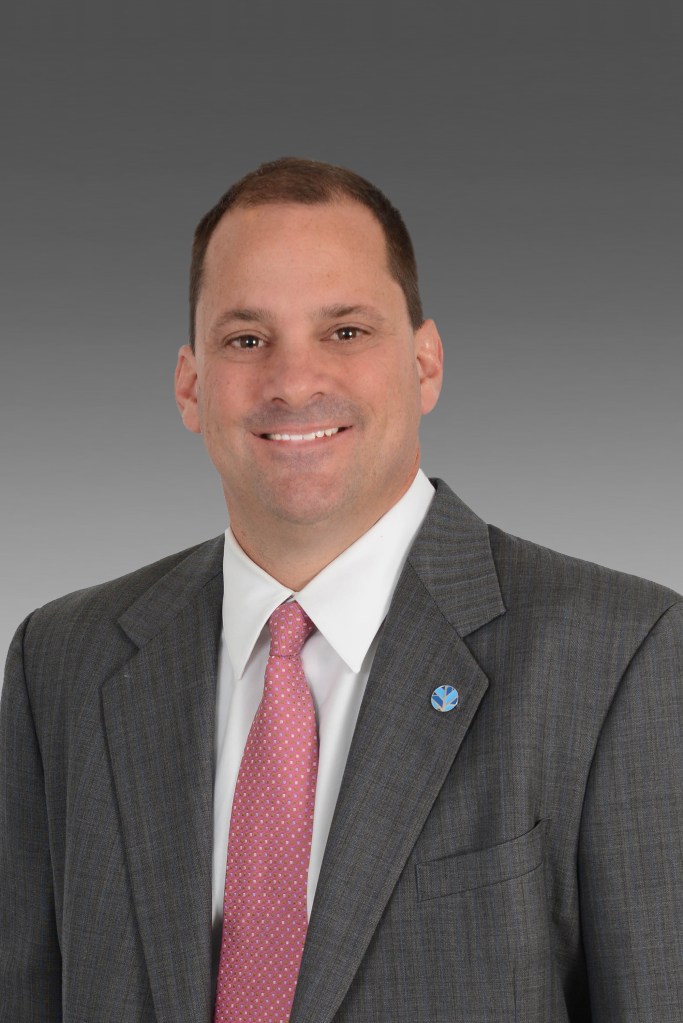While the non-QM market took a hit during the early part of the pandemic, these loans are making a comeback and are expected to continue to grow in 2021. Lenders who aren’t offering non-QM loans may want to reconsider. HousingWire recently spoke with Steven Schwalb, CEO and Managing Partner with Angel Oak, to discuss the high performance of non-QM loans in 2021 and how lenders can seamlessly integrate these products into their business.
HousingWire: What does the performance of non-QM in the first half of 2021 tell us about the future of non-QM lending?

Steven Schwalb: It tells us that anyone not utilizing non-QM should quickly start doing so. We are very pleased with the performance of non-QM rebounding in a short period of time post-pandemic.
Once again, we found ourselves charting a new course and we mastered it. The future of non-QM is promising. The projected volume for non-QM is estimated to reach $200-300 billion annually over the next few years.
We expect the non-QM market to continue to grow along with the still recovering economy. As well, restrictions set forth by Fannie Mae and Freddie Mac along with increased bank lending restrictions mean increased demand for non-QM.
We hear from our clients that our loan solutions provide an opportunity to capture more purchase volume. They are seeing their bottom line increase from helping self-employed borrowers, real estate investors, and those with credit events who fall outside Fannie Mae and Freddie Mac. And we are here helping all of these deserving people. There is ample growth ahead of us. It’s a great time to be in the mortgage industry!
HW: Which non-QM products were the most popular? Why do you think that is?
SS: Our most utilized loan product is Bank Statement for self-employed borrowers. Self-employed borrowers account for a significant population that has been underserved in the market for a long time. We have not created this market, instead, we offer a solution for a problem that has always existed.
Not qualifying for a mortgage simply because tax returns won’t work for a credit-worthy borrower is unacceptable. A borrower with a 740 credit score and low DTI buying a luxury home shouldn’t necessarily be turned away, yet it happens every day. We can save the deal for our clients and the borrower.
Our Investor Cash Flow product falls closely behind that with a significant share of volume. There are a lot of real estate investors out there and many need a DSCR solution measuring cash flow instead of submitting income and employment information.
It is a very easy loan to do and closes quickly. Today’s market is highly competitive, and originators can count on it getting deals closed for their investor clients to win properties. It is also a great option for those needing to complete a 1031 Exchange transaction. The popularity of this product is simply how easy it is to do. We have loyal clients who count on us each month to close their investor deals.
HW: What challenges are lenders facing as they continue to implement new lending products?
SS: Creating and enhancing innovative mortgage products is healthy for the industry. The challenge is managing product risks and product quality. We have been in the market for a long time with a sound standing as the leader in non-QM.
We have honed our operation and production processes to mitigate risk and lend responsibly. The process and systems we have in place examine each feature of a new product and assess how it might impact overall financial and nonfinancial risks for Angel Oak and the economy.
All of our procedures and operations we have in place have been fine-tuned over the years and consistently make appropriate changes to control risk. Whether the product is new or involves updated guidelines that changes it from the existing product, the potential for misunderstanding the risk associated with the change or development is significant.
This is especially true when it involves adding higher debt-to-income (DTI) ratios or higher loan-to-value (LTV) ratios over time. We write to our own guidelines and have been doing this for a very long time – we understand the challenges and what it takes to implement new or enhanced products.
HW: How does Angel Oak plan to approach the latter half of 2021 with these insights in mind?
SS: By doing what we do best – helping borrowers left outside of Fannie Mae and Freddie Mac. We see an increase in scenarios every month involving people turned away because they can’t qualify for an Agency loan. This is our specialty and we know non-QM is the key to help these people and the mortgage industry as a whole thrive.
Right now we are in a major growth mode. Due to demand for our products our focus is on hiring the best people out there. We continue to invest in technology and systems that allow for growth but in a controlled and responsible way.
Our alliance with our Angel Oak Capital asset management team provides information and powerful systems we can use in our origination efforts when market conditions change. We adhere to a very disciplined financial management system that works.
Most importantly, we stick to our mission of providing the best service and mortgage products to our clients with a clear goal – helping a very large population of borrowers close in an easy and efficient manner. We do it every day. Angel Oak Mortgage Solutions is the leader in non-QM for these reasons. Work with us and experience the power of Angel Oak for yourself!
For lenders to be successful, they need to make sure they have the tools to help different types of borrowers. Angel Oak creates and enhances innovative mortgage products, including non-QM loans, to help lenders grow their portfolios.
The post Lenders, it’s time to consider offering non-QM products appeared first on HousingWire.
